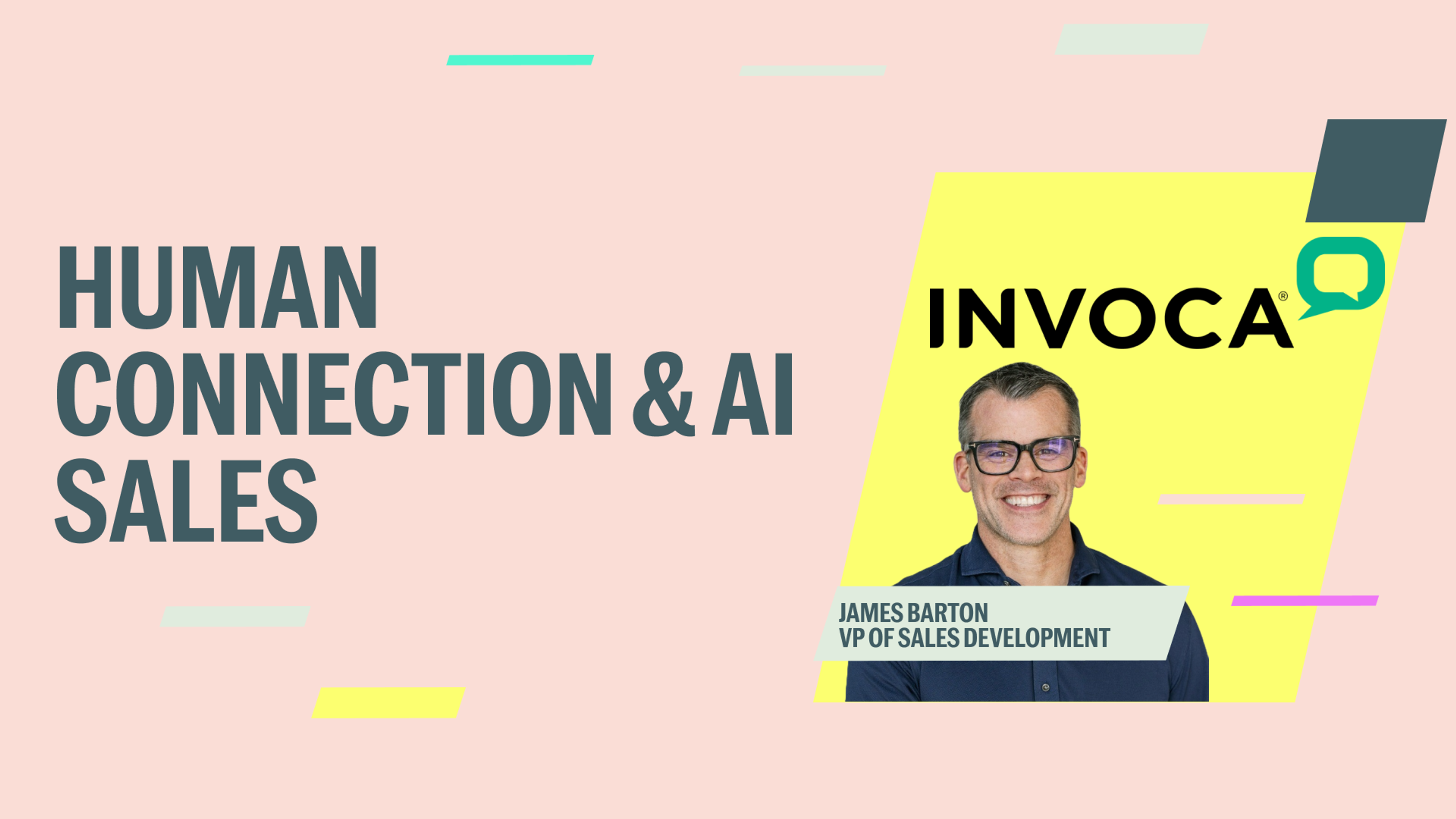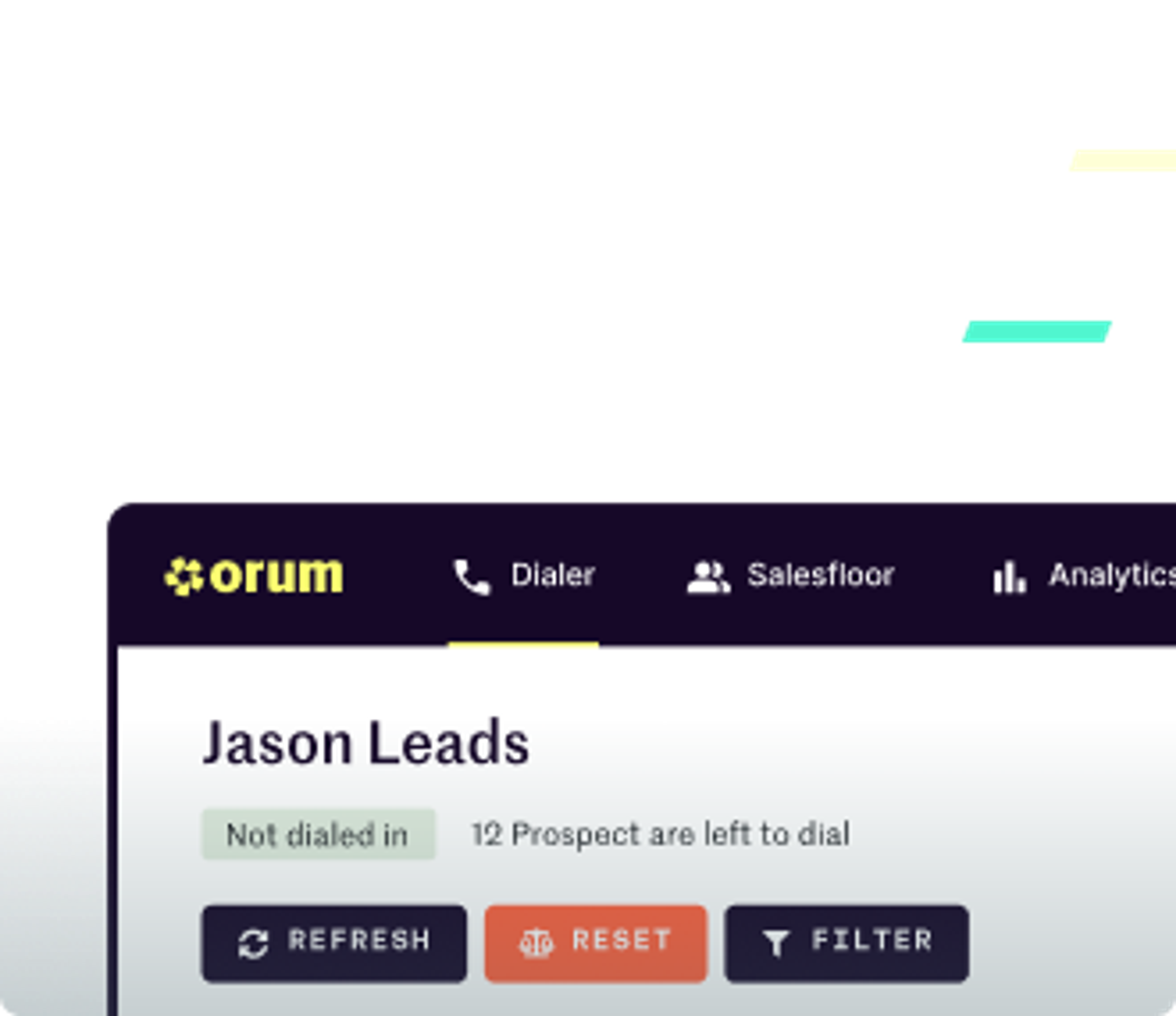Why Cold Calls Still Matter in the Age of AI


When you’ve spent nearly two decades in sales development, you see patterns. You see trends come and go, technology evolve, and acronyms multiply like dials on a Monday morning. However, for James Barton, VP of Sales Development at Invoca, one thing remains constant: the phone still reigns supreme.
In a recent discussion, Barton shared his philosophy on what’s next for sales development, how AI fits into the future of coaching, and why human connection remains the ultimate competitive advantage.
Sales Development Fundamentals Still Matter
Barton joined Invoca recently, but he’s already thinking deeply about how to modernize the company’s go-to-market motion while keeping people at the center of it. “What gets you to where you are today is not going to get you to where you need to be tomorrow,” he said. “I’m learning the history, the people, and the tech stack, but ultimately the biggest opportunity is how we use the data and the platforms we already have.”
He’s quick to point out that while new tools are transforming outbound sales, the foundation of sales development has always been about building relationships. “Every business is in the people business,” Barton said. “A lot of people are kind of sick of interacting with a robot or software. When you hear a live human voice, the person on the other end relaxes. It feels real again.”
Data from Orum’s State of Cold Calling proves that when reps actually talk to people, it changes everything,” he said. “Admins, for instance, pick up the phone more than almost anyone else and have real conversations half the time. That human-to-human element is irreplaceable.”
Where Calling Fits in the AI Sales Experience
There’s no shortage of AI tools promising to revolutionize the sales process. But Barton believes the key is using them to amplify human connection, not replace it. “The phone is still the best tool a prospector has,” he said. “It’s the next best thing to meeting someone face to face.”
He views AI as a means to make reps more confident and efficient, rather than less human. “AI should give SDRs time back,” Barton explained. “If you’re burning too much time trying to get in touch with someone, you’re missing the point. Tools like Orum shorten that distance so you can focus on the actual conversation.”
There’s always fear that AI will take jobs, but if used correctly, it gives coaches and reps their time back. It helps you focus on being a human, not a data entry machine.
The best sales leaders are teaching their reps to balance technology and empathy. “No AI can be empathetic to someone who just had to lay off half their team,” Barton said. “That’s where humans win. The phone lets you feel that emotion and respond to it in real time.”
Coaching in a Modern SDR Organization
When it comes to coaching, Barton’s philosophy blends old-school listening with new-school technology. “Coaching comes from three areas,” he said. “Eavesdropping, recordings, and AI.”
With Orum’s virtual sales floor, he can jump into live conversations without disrupting the flow. “It helps when the SDR and the managers. You can give them real-time feedback. Then you can use call recordings to learn from wins and losses across the team.”
But it’s AI coaching that excites him most. “AI frees up a lot of human time,” Barton said. “You can triple or even quadruple your efforts as a frontline leader. And the best part? It’s unbiased. Peer feedback can help, but AI gives you a virtual teammate who’s consistent every time.”
Orum’s Coaching Portal was built with that same idea in mind. You get a scorecard for every single call. It’s not dependent on whether your manager has had their coffee yet. You get objective feedback and a snapshot every week of what to celebrate and what to improve.
For Barton, that’s where the future lies. “Progress starts the first step outside your comfort zone,” he said. “You can automate some parts of the job, but growth still comes from having real conversations, and then learning from them.”
Be Human, Stay Curious
For all the tech shaping modern sales, Barton’s advice to SDRs is refreshingly timeless. “Be open, recognize every day is different, and understand your activity-to-results ratios,” he said. “There’s no cookie-cutter template for what makes a great SDR. Some of the best I’ve ever seen weren’t even college grads. They were recruiters, car salespeople — folks who knew how to connect.”
If an email gets two outcomes: They reply or they don’t. A phone call creates infinite possibilities.
In a world increasingly shaped by AI, Barton believes those possibilities are what will keep sales development human. “At the end of the day, none of us like being sold to,” he said. “So don’t sound like you’re selling. Be human. That’s what people respond to.”





